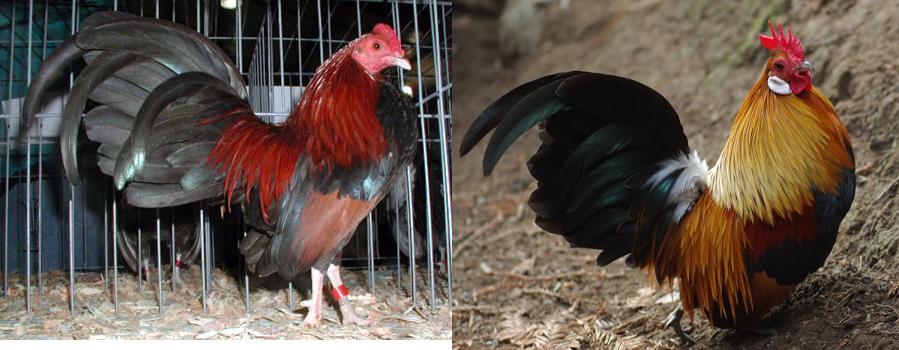I'm fairly new to the chicken world and haven't done any breeding yet, but I've been reading up on breed descriptions and standards of perfection. A few times now, I've come across phrases like "true red, not mahogany" or "no mahogany leakage" or "lustrous deep copper, no mahogany". Thing is, I have no idea what distinguishes a color as red, mahogany or copper.
Does anyone have any pictures they can share that are good examples of these colors? Just to help a newbie understand what the differences are. I'm finding chicken genetics fascinating, but translating words into colors in my brain is proving challenging and Google hasn't been very helpful with that. I could really use some visual input on this one.
Thanks in advance!
Does anyone have any pictures they can share that are good examples of these colors? Just to help a newbie understand what the differences are. I'm finding chicken genetics fascinating, but translating words into colors in my brain is proving challenging and Google hasn't been very helpful with that. I could really use some visual input on this one.
Thanks in advance!




 ). But when a SOP says something like "deep red, not mahogany," it seems like someone, somewhere has drawn a line. I just wanted to get a feel for where that line was. I now understand that the line moves, depending on who is doing the looking.
). But when a SOP says something like "deep red, not mahogany," it seems like someone, somewhere has drawn a line. I just wanted to get a feel for where that line was. I now understand that the line moves, depending on who is doing the looking.
 Before that, it was a NICU for a trio of sick kittens.
Before that, it was a NICU for a trio of sick kittens. 